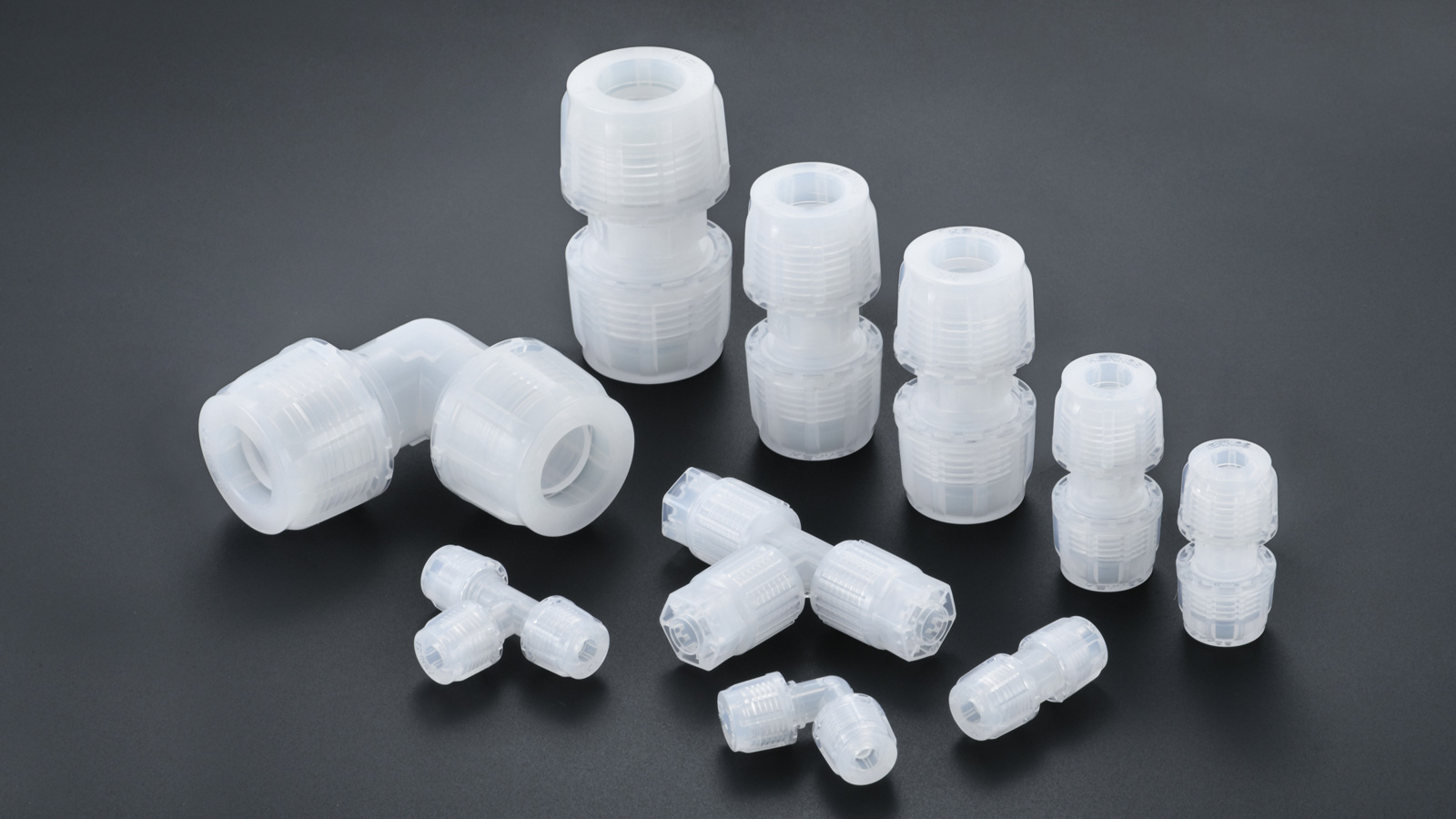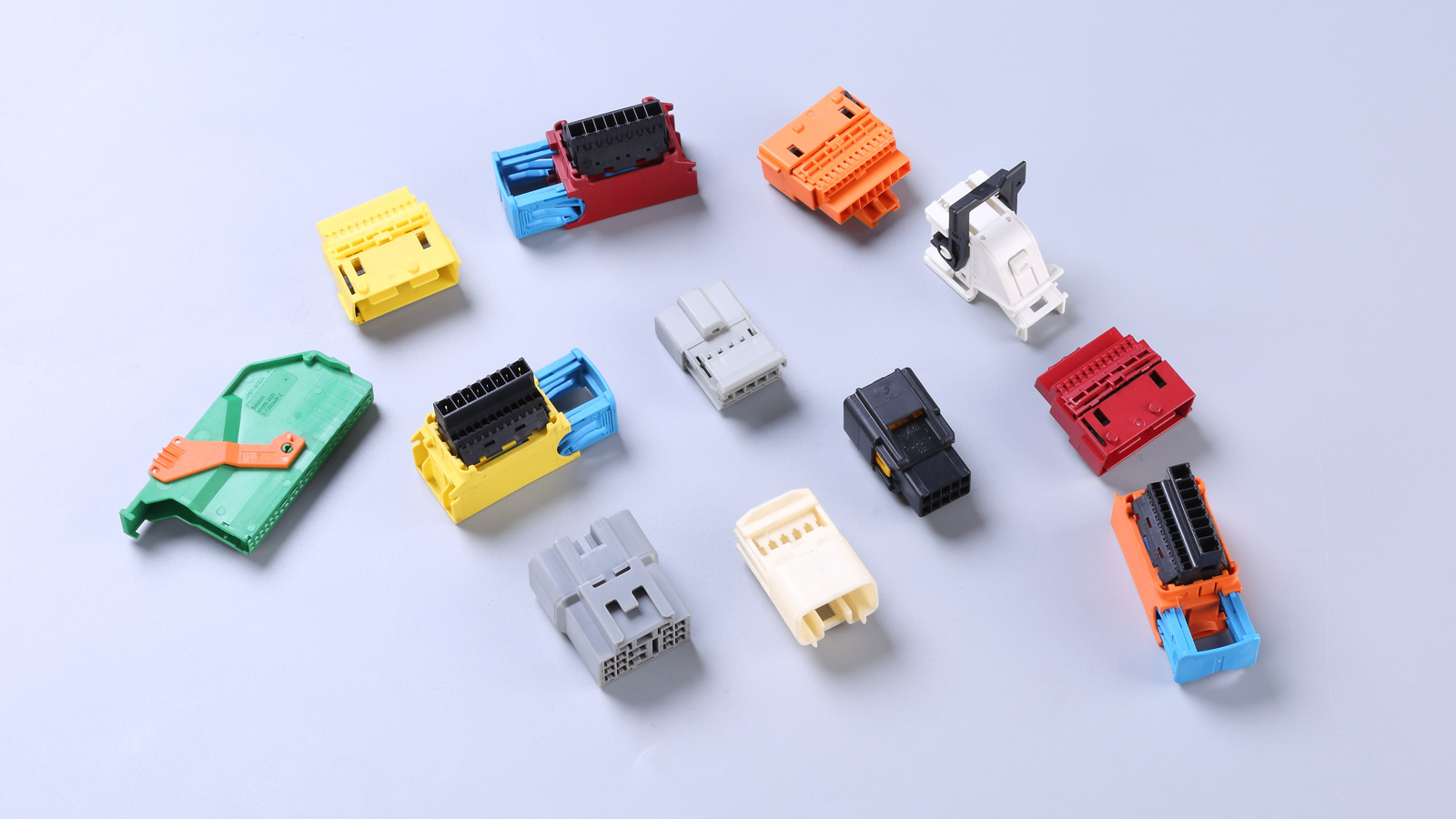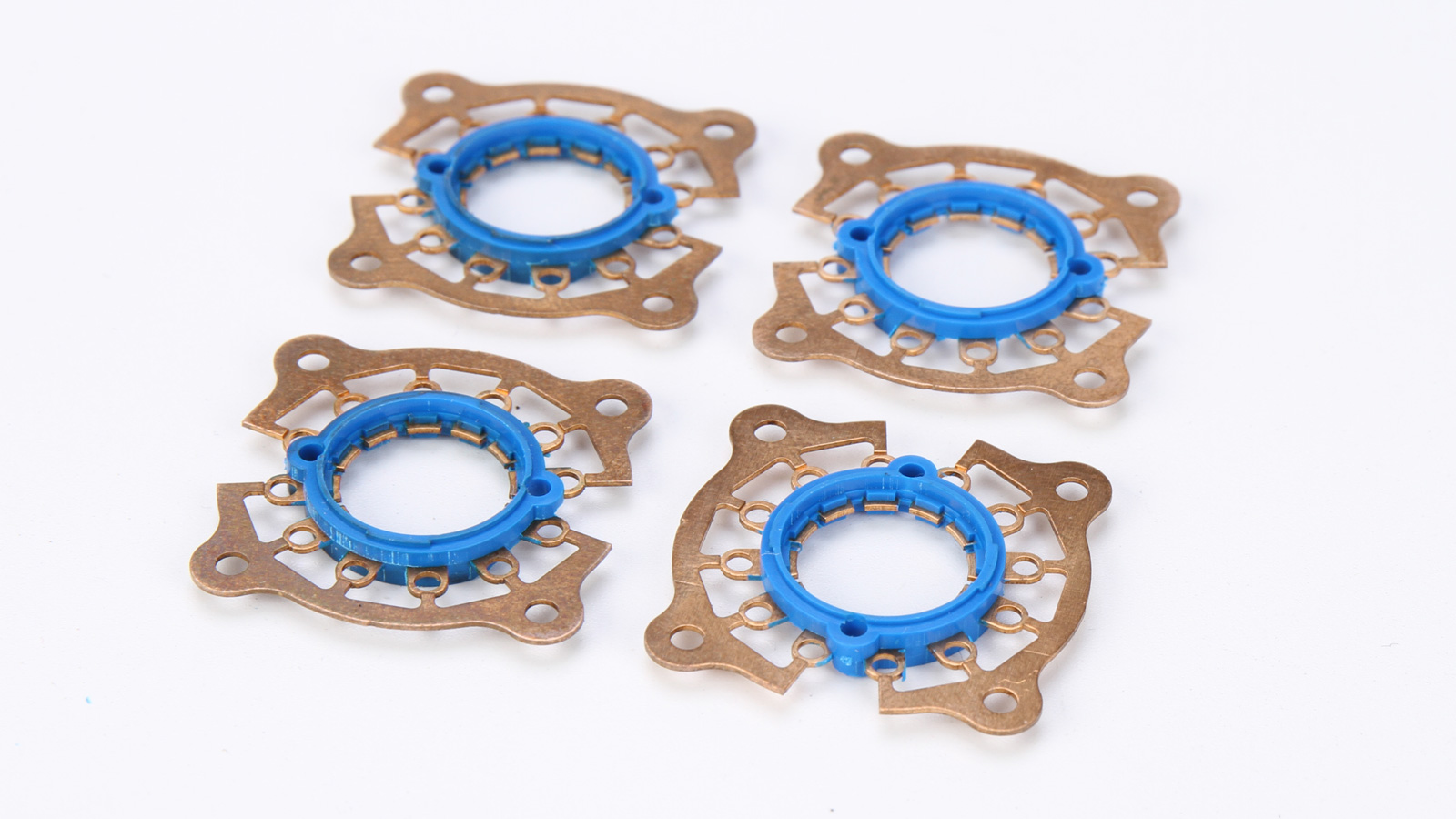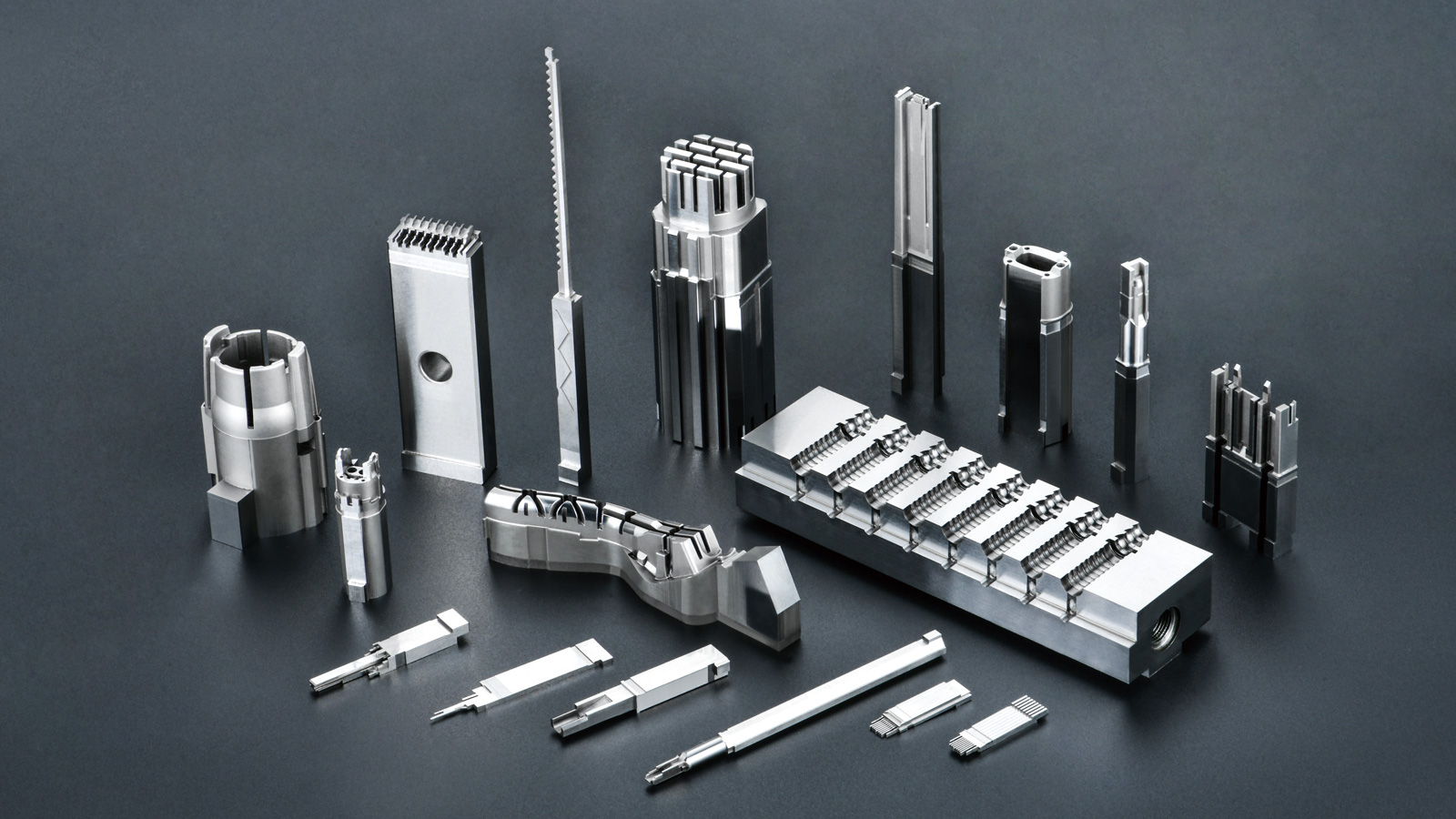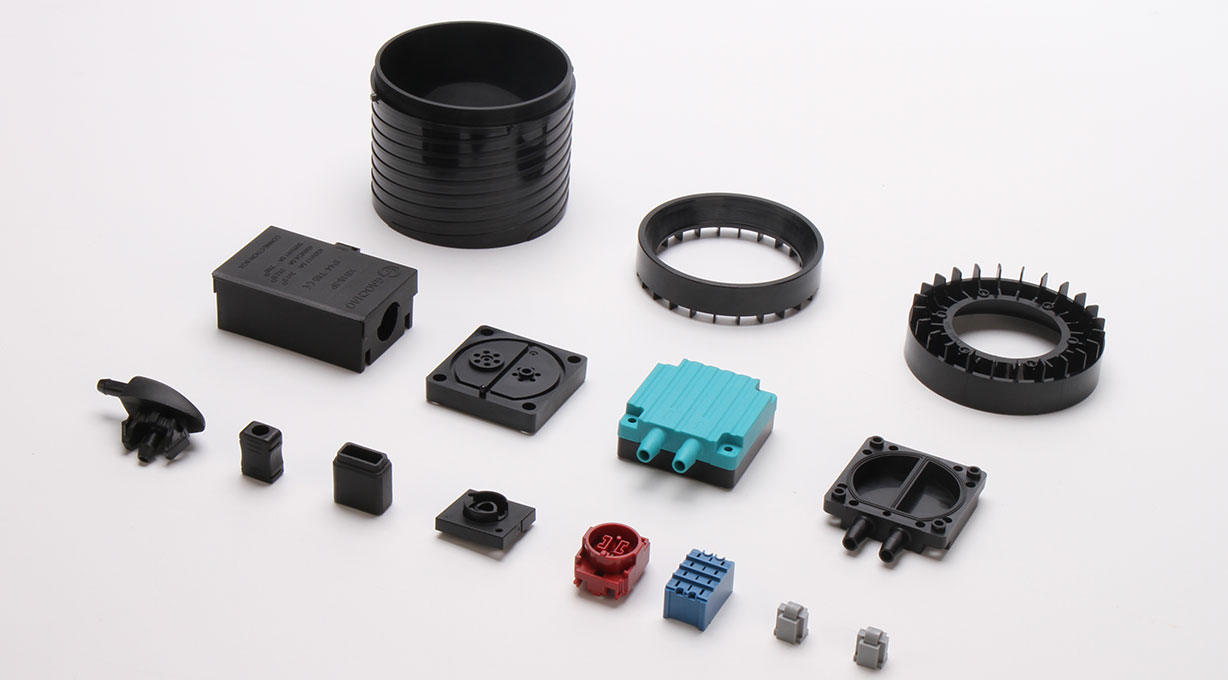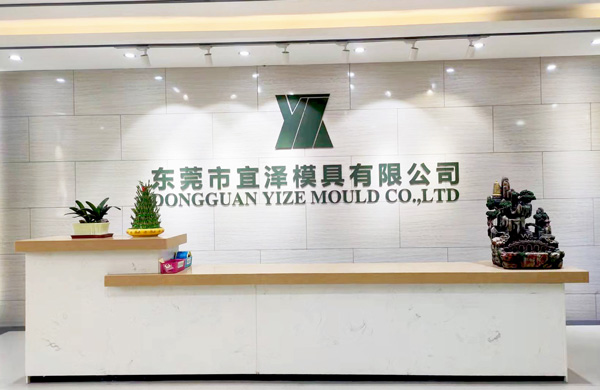In plastic product design and manufacturing, we often encounter the challenge of designing plastic parts with irregular shapes, making it difficult to achieve uniform wall thickness. However, whether the wall thickness design of plastic products is reasonable directly affects product quality and production efficiency. So, what impacts will an unreasonable wall thickness design of plastic parts have? And how can we improve it?
I. The Impact of Unreasonable Wall Thickness Design of Plastic Parts
(1) Significant Wall Thickness Variation
The overall wall thickness of plastic parts should be uniform to avoid being too thin or too thick. If the wall thickness is uneven, the filling and cooling shrinkage rates during the molding process will be inconsistent. This inconsistency can lead to defects such as sink marks, bubbles, and deformation in the plastic parts, seriously affecting their appearance and performance.
(2) Excessively Thick or Thin Wall Thickness
Under the premise of meeting the structural and usage requirements of a plastic part, a smaller wall thickness should be adopted as much as possible. A thinner wall thickness can accelerate the cooling of the plastic mold, reduce the weight of the plastic part, thereby saving materials and reducing costs. However, the wall thickness cannot be too thin; otherwise, the plastic part will be unable to withstand the impact and vibration of the ejection device. It will have poor rigidity, low pressure resistance and be prone to damage and deformation during demolding, assembly, and use, affecting the usability and assembly accuracy of the product. A skinny wall thickness can also lead to difficulties in molding.
(3) Improper Inner Wall Thickness
The inner wall thickness of plastic parts should be less than the outer wall thickness. If the inner wall thickness is greater than or equal to the outer wall thickness, the plastic part is more likely to develop sink marks, dents, and other defects during the molding process, reducing the surface quality of the product.
(4) Unreasonable Wall Thickness Transition
When there are differences in wall thickness among different parts of a plastic part, sufficient transition is required at the connecting parts. If there is no transition connection and the wall thickness changes abruptly, stress concentration will occur in the plastic part during molding, increasing the risk of defects.
(5) Concentrated Thickness Design
Structurally designing parts with concentrated thickness, i.e., areas with abrupt wall thickness changes, can seriously affect the molding quality of plastic parts. Such areas with concentrated thickness are prone to problems such as incomplete filling and uneven shrinkage, and should be avoided as much as possible.
(6) Unreasonable Wall Thickness Value Design
Different plastics have different flowabilities, so the wall thickness of plastic parts should also vary accordingly. If the wall thickness design is unreasonable, an excessively thin plastic part will not only have poor rigidity and low pressure resistance but may also lead to difficulties in molding. An excessively thick plastic part will increase material costs and molding time, and may also generate internal stress due to uneven cooling, causing deformation of the plastic part.
(7) Neglecting the Application of Inserts or Assemblies
For plastic parts with relatively thick walls, if inserts or assemblies are not reasonably used, the plastic parts are prone to deformation and sink marks during the molding and cooling processes due to uneven shrinkage.
(8) Ignoring the Impact of Wall Thickness on Molding
Changing the wall thickness of plastic parts will affect the molding time and pressure. If the impact of wall thickness on molding pressure and time is not fully considered during the design process, it may lead to unstable molding processes and affect product quality and production efficiency.
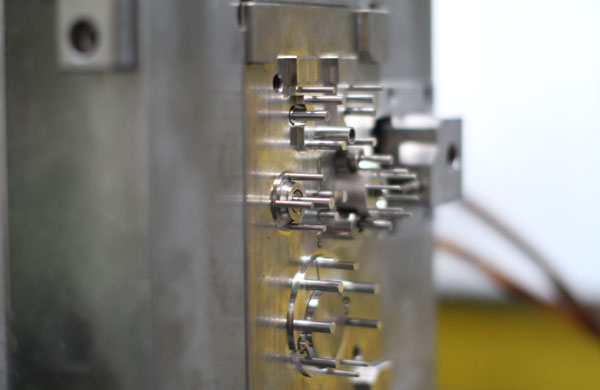
II. Improvement Strategies of Wall Thickness Design of Plastic Parts
(1) Optimize Wall Thickness Design
When designing plastic parts, efforts should be made to make the wall thickness as uniform as possible to avoid significant wall thickness variations. For the connecting parts with different wall thicknesses, sufficient transition areas should be designed to ensure a gradual change in wall thickness.
(2) Reasonably Determine the Wall Thickness Range
Based on the structural and usage requirements of plastic parts, combined with the flowability of the selected plastic, the wall thickness range should be reasonably determined. Under the premise of meeting performance requirements, a smaller wall thickness should be adopted as much as possible to reduce costs and improve production efficiency.
(3) Control the Relationship Between Inner and Outer Wall Thickness
Ensure that the inner wall thickness of plastic parts is less than the outer wall thickness to reduce the occurrence of defects such as sink marks and dents.
(4) Avoid Concentrated Thickness
In structural design, areas with concentrated thickness should be avoided. If it is unavoidable, methods such as adding ribs can be used to disperse stress and improve the strength and rigidity of plastic parts.
(5) Apply Inserts or Assemblies
For products with relatively thick walls, inserts or assemblies should be reasonably used to enhance the structural stability of the plastic parts and prevent deformation and sink marks.
(6) Consider the Impact of Wall Thickness on Molding
During the design process, full consideration should be given to the impact of wall thickness on molding pressure, time, and cooling rate. Through simulation analysis and experimental verification, optimize the molding process parameters to ensure the smooth molding of plastic parts.
In conclusion, the wall thickness design of plastic parts is a complex process that requires comprehensive consideration of multiple factors. Only by reasonably designing the wall thickness can the quality and production efficiency of plastic parts be improved, production costs be reduced, and strong support be provided for the manufacturing and application of plastic products.
Dongguan Yize Mould Co., Ltd. was founded in 2007, is headquartered in the manufacturing capital of Dongguan, convenient transportation and logistics, is engaged in many years in the design and manufacture of precision molds and precision medical injection moulding products manufacturer, the company focuses on the automotive connectors, medical products medical injection moulding, dust-free plastic medical injection moulding, custom medical injection moulding of PFA products such as design, precision mold manufacturing, medical injection moulding and assembly, after-sales service as a whole set of solutions. The company specializes in product design, precision mold manufacturing, medical injection molding and assembly, and after-sales service.

